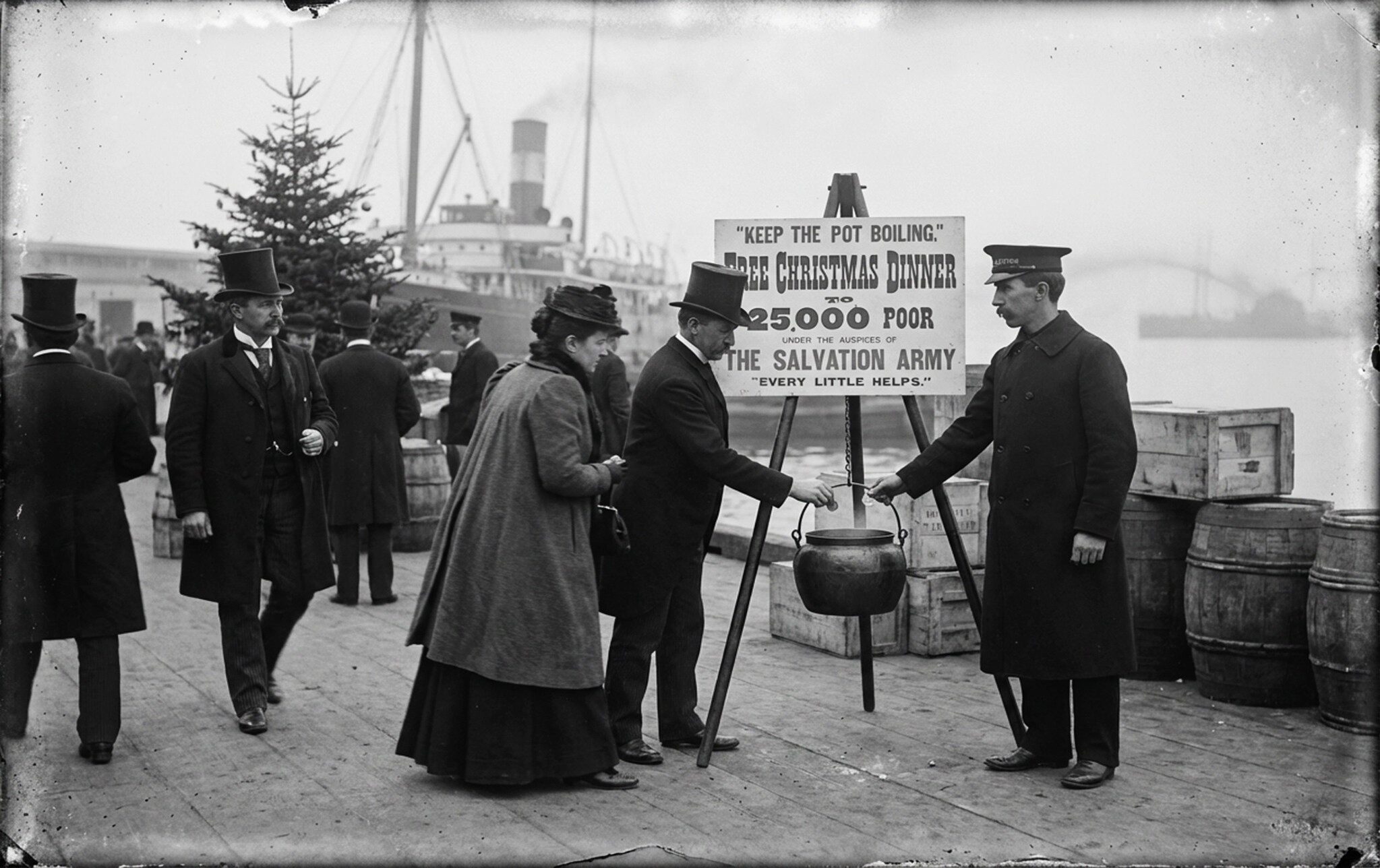As a government, what do you do if you have already jacked up taxes to make cigarettes more expensive, forced tobacco companies to put really off-putting images and warnings on the packaging, hidden the product from public view, and set up harsh penalties for those who sell to minors, but you still aren’t seeing the gains that you want?
You attack the brands.
Right now, Canada is considering enacting legislation that is similar to what’s been put in Australia and subsequently, in the U.K., France, and Ireland, whereby all tobacco manufacturers will be forced to market their products with unbranded packaging.
In a time when smoking has seemed to be on the uptick again, as a citizen, this is an important topic. But as an advertiser, this kind of thing is fascinating for it’s value as a reinforcement of the value of brands.
“Australian smokers said they found the packages had less appeal, they perceived the quality of the cigarettes to be lower and they took more notice of the health warnings that some said provided a motivation to quit.”(The Globe and Mail)
If you’ve ever questioned the value of ‘all that touchy, feely, branding talk’ that’s out there, then this real world example should hit home with you. Brands aren’t just ethereal concepts that don’t provide value, if they were, then you wouldn’t see the kinds of results described in the quote above, and you wouldn’t see Big Tobacco fighting so hard against this next salvo in the war on smoking.
In fact, Big Tobacco is terrified, and so they should be.
“Industry documents, combined with minimal understanding of marketing and common sense, tell you that the branding on the packaging, including the makeup of the package itself, is probably the most valuable asset that the industry has to market its products,”- Garfield Mahood, president of the Campaign for Justice on Tobacco Fraud(The Globe and Mail)
What is also interesting, is Big Tobacco’s response as recorded on The Economist: “The point of branded packs is not to entice new smokers but to keep the loyalty of current ones and to encourage smokers of other brands to switch.”
So what they are saying is that they need the help of a brand to ensure retention of customers of an inherently addictive product.
If that’s how critical a brand is, and if the removal of branding on their packaging is that terrifying to such a massive industry, it’s not hard to extrapolate what the absence, or weakness, of a brand can mean for other organizations. Organizations just like yours.
Most of us operate in FAR less stringently legislated industries. Essentially, we have carte blanche to brand our organizations, products, and/or services, and yet, day-after-day, so many organizations choose to wallow in the mud of being common, unidentifiable, and unexceptional.
It’s an opportunity that you’re letting go up in smoke.
The detector is sounding off all around you. The question is: will you ignore it, or respond?





